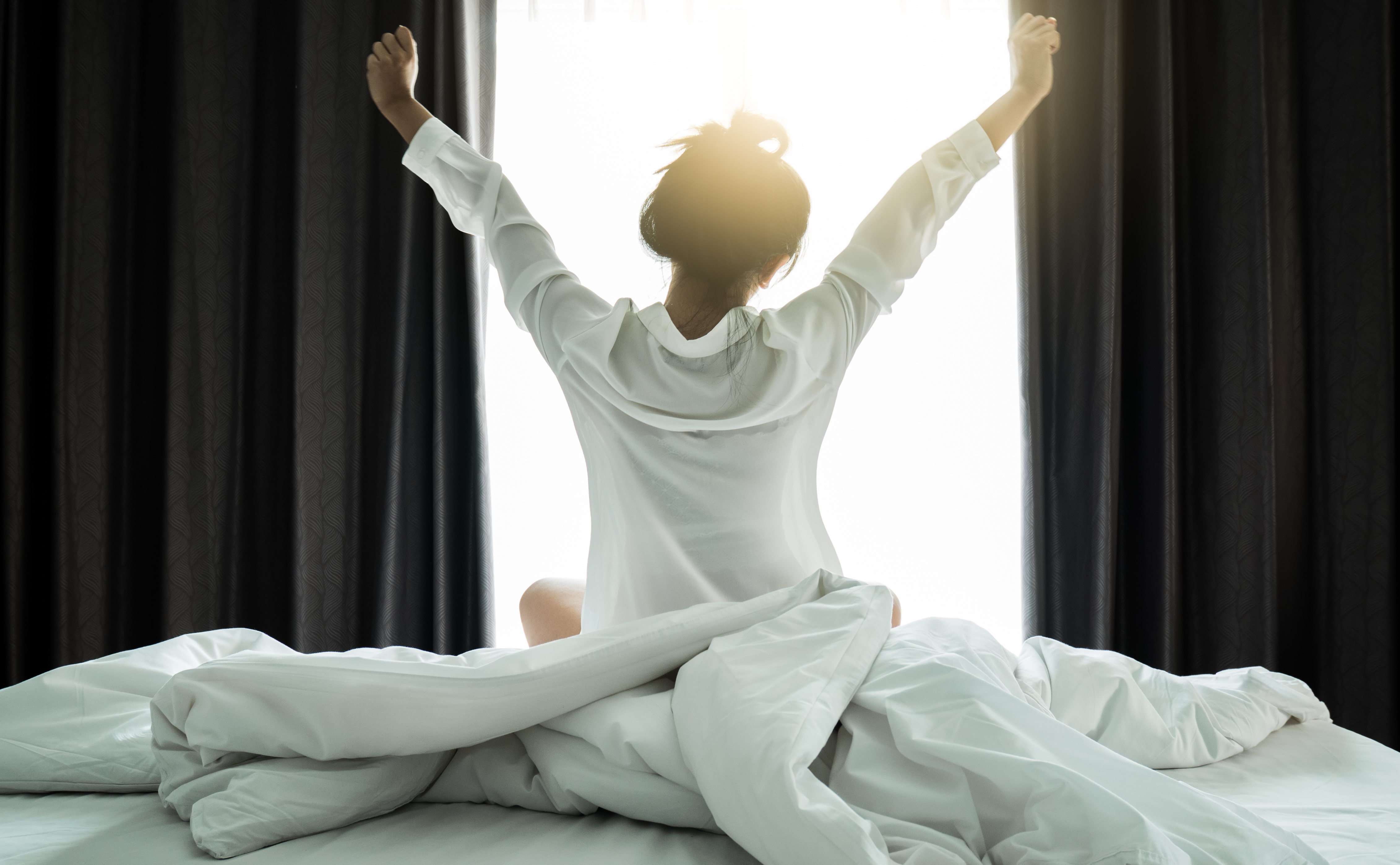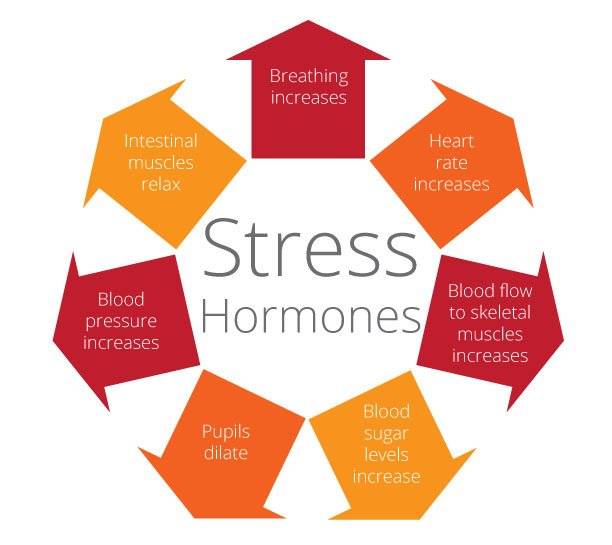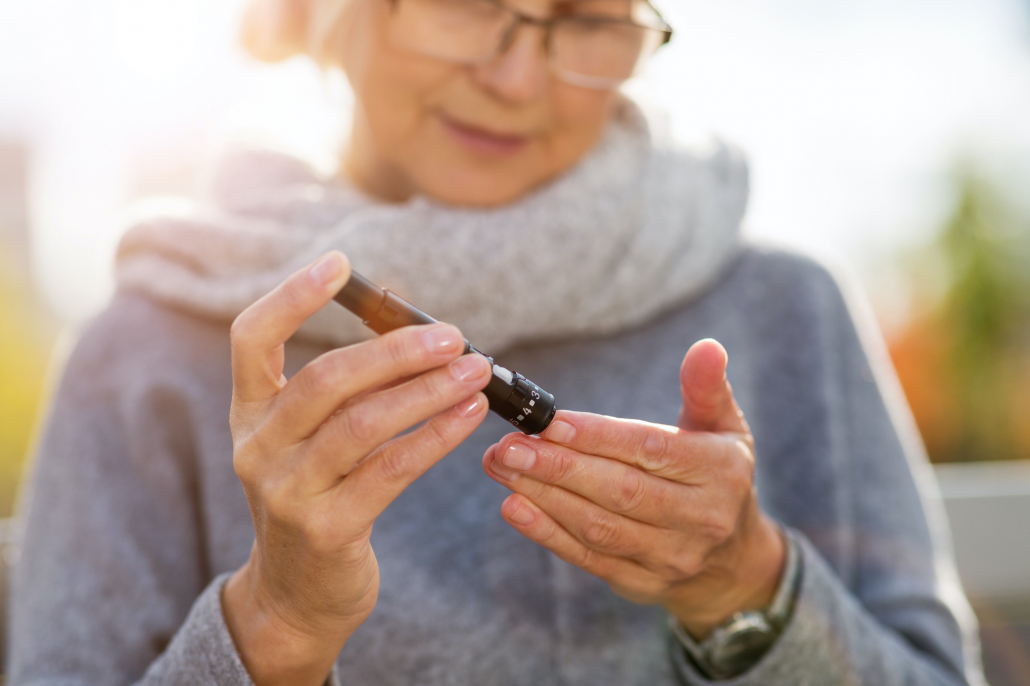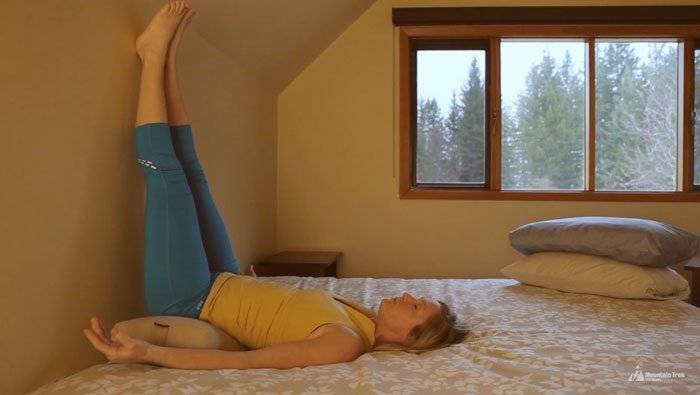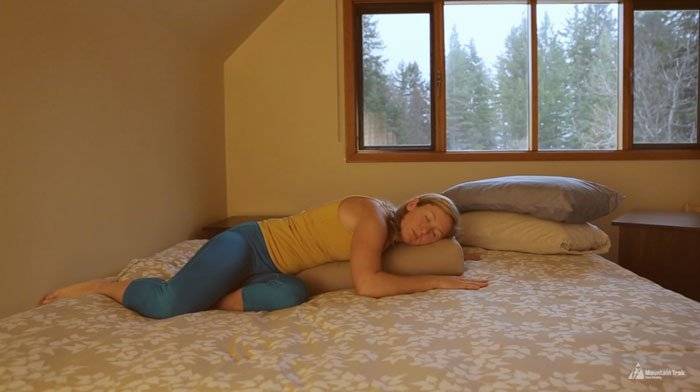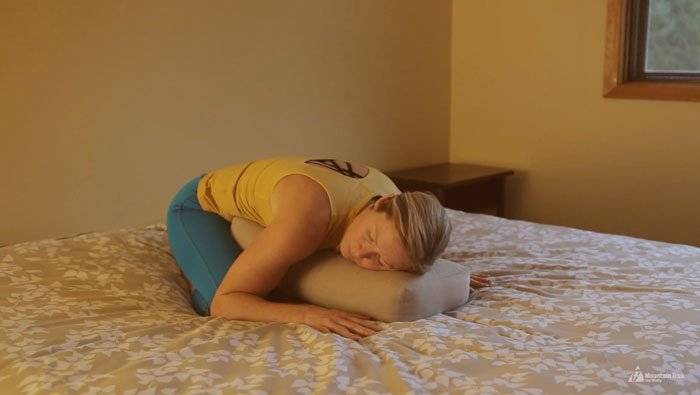How Long Does It Take To Recover From Burnout

Fatigue vs. Exhaustion vs. Burnout
- Fatigue: feeling overtired, with low energy and a strong desire to sleep that interferes with normal daily activities.
- Exhaustion: a state of extreme physical or mental fatigue
- Burnout: a state of emotional, physical, and mental exhaustion caused by excessive and prolonged stress
Fatigue
Exhaustion
Burnout
THE THREE TYPES OF BURNOUT
There are many ways burnout can happen, but the three most common types are; overload,under-challenged, and neglect.
Overload Burnout
Overload burnout is caused by constantly working harder and harder in pursuit of success. Saying yes to tasks you don’t have time for and over-extending yourself, sacrificing “you time” in favor of more commitments. This is the most recognizable form of burnout today.
Under-challenged Burnout
Under-challenged burnout is caused by feeling under-appreciated and bored in your job or personal life. Your work tasks are mundane and repetitive, never exercising any form of brain power or creativity.
Very little is expected of you and so you feel no desire to push yourself. This can also extend to your personal life as well; maybe life feels stagnant, like you haven’t done anything new in far too long and have stopped growing as a person.
Neglect Burnout
And then last of all is neglect burnout, caused by feeling helpless or incompetent. You feel like you can’t do anything right and like no matter what you do, things will just fall apart. You have no support system, either at work or at home, and even your best accomplishments go unnoticed. According to
What Causes Burnout
Kirkland Shave, the creator and director of the award-winning Mountain Trek Health Reset program, says common reasons all three types of burnout can occur are:
- Lack of control and the inability to influence decisions that affect your job, including workload and lack of resources.
- Unclear job expectations and personal authority.
- Dysfunctional workplace dynamics.
- Lack of social support either through isolation or lack of trust-building interrelationships.
- Work-life imbalance due to working too many hours.
The causes of burnout aren’t as extreme as you might think. They are simple, small things most of us would just consider “normal” for the workplace. But when left unaddressed these small things continuously add up and eventually compound into burnout.
If you’re still unsure if you’re experiencing burnout, consider thinking about burnout as the illness it is—and for any illness, you first need a diagnosis. Shave says some symptoms to watch out for are:
- Every day starts to become a bad day (or like a real-life version of the Bill Murray movie, Groundhog Day, in which the days feel like they are just repeating themselves over and over with no end in sight)
- Caring about work or even home life seems like a waste of energy
- The workday can start to seem full of tasks that are mind-numbingly dull or overwhelming
- One feels like they aren’t making a positive difference or that they are unappreciated
- Fatigue that is chronic, no matter how much rest you get
- Headaches, muscle pain
- Insomnia or changes to eating patterns
- Sadness, anger, or irritability
- Alcohol or substance abuse
- Vulnerability to illness or the onset of chronic cortisol-affected inflammatory diseases (such as high blood pressure, type 2 diabetes, and autoimmune disease)
- Sense of failure, self-doubt, aloneness, loss of motivation, increasingly cynical outlook, decreased satisfaction or sense of accomplishment
- Withdrawal from responsibilities, isolating from team members, procrastination, taking the frustration out on others, missing workdays
Knowing what symptoms to look for is just half of the battle though; the next step is to have an honest conversation with yourself, a trusted ally, or a professional (such as a therapist or primary care doctor). Take an honest look at your life and decide if the symptoms above sound like they are describing you. Remember there is no shame or judgment in admitting you are experiencing burnout—much like with many other illnesses, the first step towards recovery is acknowledging there is a problem.
Set yourself up for success before tackling a big conversation like this: come with an open/curious mind, find a comforting/non-stress-inducing environment (e.g. someplace that’s the opposite of your office or home, whatever place is bringing you stress and causing your burnout), fuel your brain with a healthy meal, have a good night’s sleep, and consider having this conversation immersed in nature. You want to free your mind of distractions and be completely present and authentic in the conversation for the best results.
How to Recover from Burnout
1) Experience a Hard Reset
If you’ve concluded you are in fact suffering from burnout, the most important first step in recovery is to experience a hard reset. As soon as reasonable, remove yourself far from the causes of your burnout, and insert yourself into an environment that affords the opportunity to slow down, unplug, and begin the healing process.
Attending an expert-guided health retreat, like Mountain Trek, takes the guesswork out of the process and allows you to immerse in a proven methodology. With the help of retreat staff, you can step back from your life and stressors and clearly and confidently “see the forest through the trees”.
2) Uncover The Why
Once you’ve afforded yourself the opportunity to step back, the next step in recovering from burnout is gaining a deeper understanding of the “why” behind the burnout. This is best done in tandem with a professional, as it likely means diving deep into previous trauma, familial relationships, and childhood expectations.
This is especially necessary for overload burnout, where an inner force pushes someone to keep putting more and more on their plate, sacrificing balance to create more work hours. Typically, a deep-seated feeling of inadequacy is what drives this unsustainable ambition, but only deep introspection will uncover the true reason(s) for pushing to the point of burnout.
3) Decide to Proceed or Pivot
The next step in recovering from burnout is to make a decision whether to return to the same life that caused your burnout, with modifications, or change your trajectory all together. This decision to pause, pivot, or proceed with change is massive and needs to be taken seriously. Calming your nervous system before making a life-altering decision is critical. Otherwise, you will be making your decision based on anxiety, stress, or even worse, fear—all inauthentic mind-states.
This decision may not happen instantaneously or overnight. It may be a lengthier process, and that’s OK—this decision likely has a massive impact on your life. It’s worth investing in an environment that will foster a good decision, where connection with the outside world is removed and a staff of professionals is on-hand to guide you through the process.
It’s important to note, this does not necessarily mean quitting your job! While that seems to be the go-to answer these days—quit your job/life, travel the world, find yourself, etc.—working (creating, producing value) with the proper work environment/boss and being appropriately appreciated/recognized can be incredibly fulfilling and rewarding.
However, the issue today is that work and life tend to blend together and as a result, we don’t do either of them well. Learning to separate the two, remove distractions to enhance focus, and subsequently, perform each more efficiently is a key factor in preventing burnout.
4) Establish a Sustainable Work-Life Balance
Regardless of whether you decide to return to life with modifications or make a massive change, establishing a sustainable lifestyle is critical. For most burnout cases, that means establishing a better work-life balance.
Here are 5 ways to create a more sustainable work-life balance:
Separate Work and Life
Commit fully to both work and life, separately, and put energy into preventing them from bleeding together. If you’re working, work deeply and with focus. If you’re at home, give yourself the permission to “clock out”, silence work emails and calls, and be present with your family, friends, and passions.
Invest in a routine at the end of your work day that helps you “pivot” to home life. Consider a work journal that you write in immediately before leaving the office to download all of your work thoughts, concerns, ruminations, and to-dos.
Pick it back up first thing when getting into the office the next day. Then, spend as few as 5 minutes practicing a flow-state activity–something that takes 100% of your concentration, and is not work—to lower stress and increase feel-good hormones. This may be exercise, meditation, continued journaling, or breathwork. Anything that forces you to be present and savor the experience.
Schedule Focused Work Time
Well in advance, and reoccurring, schedule yourself (literally block your own calendar) for uninterrupted, focused work sessions throughout the work week. Then, resource yourself in between these sessions; fuel your brain with nutritious food; oxygenate your blood with some movement and fresh air; and give your analytical left-hemisphere brain a break by practicing state-shifting activities that engage the right hemisphere creative brain. Meditate, do art, stretch, and engage an animal.
Resource yourself at home
Showing up to work exhausted is a surefire way to keep yourself on the hedonistic burnout treadmill. You will not work as efficiently, requiring more hours, which then takes time from your life outside the office, subsequently deepening your resentment for work and likelihood of burnout.
Resource yourself at home for work-life balance by immersing in nature, physical exercise, sanctifying sleep, connecting with loved ones, maintaining a creative outlet, and investing in a spiritual context
Employ a support network
Connect with a therapist or life coach for support in learning about and rewiring patterns of perfectionism, over-achievement, imbalanced competition/comparison, boundary setting and expressing, and control issues
Discover a new Job
If all of the above is failing to help, it’s time to find a new job where the work-life culture aligns with your need for balanced health
As you navigate your burnout recovery and establish a sustainable work-life balance, continue to monitor your progress and check in with yourself— have those honest conversations with yourself or your ally daily, weekly, monthly, or annually…whatever cadence works best for you.
How Long Does It Take To Recover From Burnout?
So how long does it take to recover from burnout? A precise scientifically-founded answer is difficult to provide as there are so many factors at play: how long you’ve been feeling this way, how many areas of your life are affected by your burnout, and how quickly you are able to remove the cause(s) of your burnout, just to name a few. But the average timeline varies from a few months on the short end, and up to five years on the long side.
Unfortunately, there is no quick fix for burnout—it’s a long process that required evolving your lifestyle, so allow yourself grace and just focus on the day-to-day progress (much like recovering from any illness…take it one day at a time).
Experiencing burnout might seem common these days, but it doesn’t have to be. Your burnout recovery starts now.
What is Mountain Trek?
Rated one of the best health retreats in the world, Mountain Trek is a week-long, challenging but highly-rewarding, health reset program proven to dramatically transform your body, mind, and spirit. Whether you feel overworked, overweight, or just in need of time to unplug, slow down, and recharge, Mountain Trek is for you. To learn more about Mountain Trek, and how we can help reset your health, please email us at info@mountaintrek.com or reach out below:

